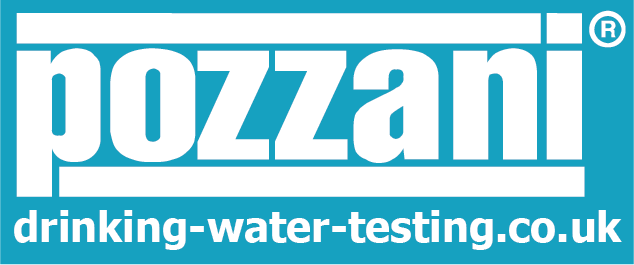
Lead
Lead in drinking water arises mainly from the dissolution of lead from the lead piping in household plumbing. Additionally, the action of the water “wearing away” the piping will give contamination due to fine particles of lead in the water. Lead is often in higher concentrations in soft water areas, or where the water has a low pH (i.e. it is more acidic).
Lead ingestion has the effect of attacking the central nervous system. Medical concern centres on children, and particularly the neurophysical effects which may influence learning ability and general behaviour. A survey carried out in 1975 showed that 20% of households had lead levels above the E.C. limit. Copper piping, however, is now used as a replacement for lead and it would be expected that this percentage will have fallen.
Lead is especially important because it is a cumulative poison. This means that once the lead has been absorbed into the body it is very slow to clear. Each subsequent intake of lead adds to that which is already in the body, thus giving higher body tissue concentrations.
Where possible, Water Authorities will blend soft and hard waters, or adjust the pH to help make the water less likely to attack any lead piping. Phosphates are sometimes added by the Water Authorities to prevent lead dissolving from plumbing fittings into the drinking water.
One major factor in the dissolution of lead is the length of time that the water spends in contact with the lead piping; the higher the contact time, the greater the lead concentration. The concentration of lead in the morning first draw is frequently double that found later in the day after the pipes have been “flushed” with use. It is, therefore, important to run the tap before using the water when lead piping is present.
